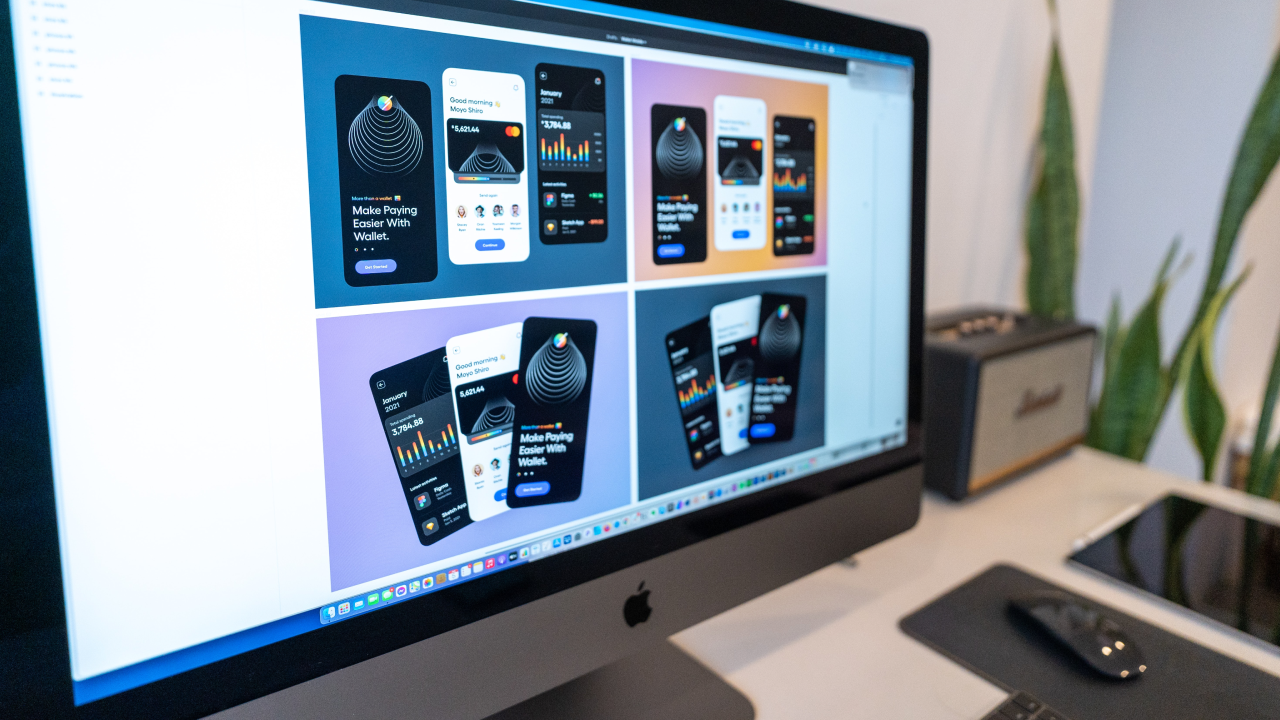
The field of user experience is broad, with many specializations and independent career paths to explore.
User interface (UI) design is one commonly misunderstood cousin of UX design. Although the duties of these two roles sometimes overlap, UI designers focus more on the look of a product, while UX designers focus on its function.
In this installment of The Guac, we’ll give an overview of what UI is (and isn’t) all about. Read on to get the scoop!
What Is UI Design?
User interface design is a discipline devoted to improving interfaces by making them more effective and pleasurable to use. UI designers specialize in the visual appeal of websites, mobile apps, and other digital products. They handle the minute details of a display, carefully selecting fonts, colors, spacing, illustrations, and icons.
While UX designers can work with any product, UI designers almost exclusively work with digital products. And, while UX professionals are often responsible for the entire design process, from research to prototyping, UI designers tend to focus on the final high-fidelity stages. Check out this article to learn more about the difference between UI and UX.
What Makes Good UI Design?
If you’re interested in becoming a UI designer, you’ll have to learn many best practices. The hallmarks of good UI often overlap with those of other visual design fields— if you have experience in graphic design or animation, you’ll be familiar with these principles.
Here are a few semi-porous rules that UI designers use to guide their work:
Consistency is Key
Our brains love patterns. When users encounter an interface with consistent typography, buttons, and overall style, they feel more comfortable and confident navigating through it.
UI designers use consistent visual elements to reduce users’ cognitive load. For example, each time they see a button, they recognize it and know what it does from previous interactions with similar buttons elsewhere. Consistent UI design makes a product cohesive and harmonious, helping it become more functional and more attractive.
Less is More
A good user interface shouldn’t contain irrelevant information or extraneous details. As such, UI designers often work to eliminate elements that don’t help users complete their tasks. In UI design, this “less is more” concept is expressed in “white space” on a screen, where designers “give items room to breath” to avoid confusing visual clutter.
When an interface is simple, users don’t have to make as many choices, resulting in a straightforward and pleasurable experience.
Give Users Freedom and Control
User freedom is an important tenet of UX design. Ideally, an interface should communicate status with users and let them undo mistakes, which gives them freedom to explore a process with limited risks. For example, in an email application, users should be able to recover deleted emails, and the display should change to indicate the message was retrieved.
While it’s the UX designer’s job to create processes that support user freedom, UI designers make this freedom obvious to the users. For example, the UI designer makes sure that undo buttons are attractive and easy to find. They might create the charming loading animations or error messages that keep users informed and patient. This good UI design helps users move freely through an interface and helps create an enjoyable, stress-free experience.
These are just a few of the many best practices UI designers follow. Overall, the UI designers make a product more attractive, which goes hand-in-hand with UX designers’ process-focused work. Together, they create a well-rounded, attractive, and effective user experience.
Is UX or UI Right For Me?
As a newcomer to the industry, it can be hard to decide whether a UX or UI focus is best for your career. If you’re on the fence about which path to take, schedule a free mentorship call with us at Avocademy! We’ll discuss your interests and goals to help you build a UX/UI career you love.
Explore the Latest in Design Trends and Job Tips
Join The FREE Challenge
Enter your details below to join the challenge.




 " />
" />